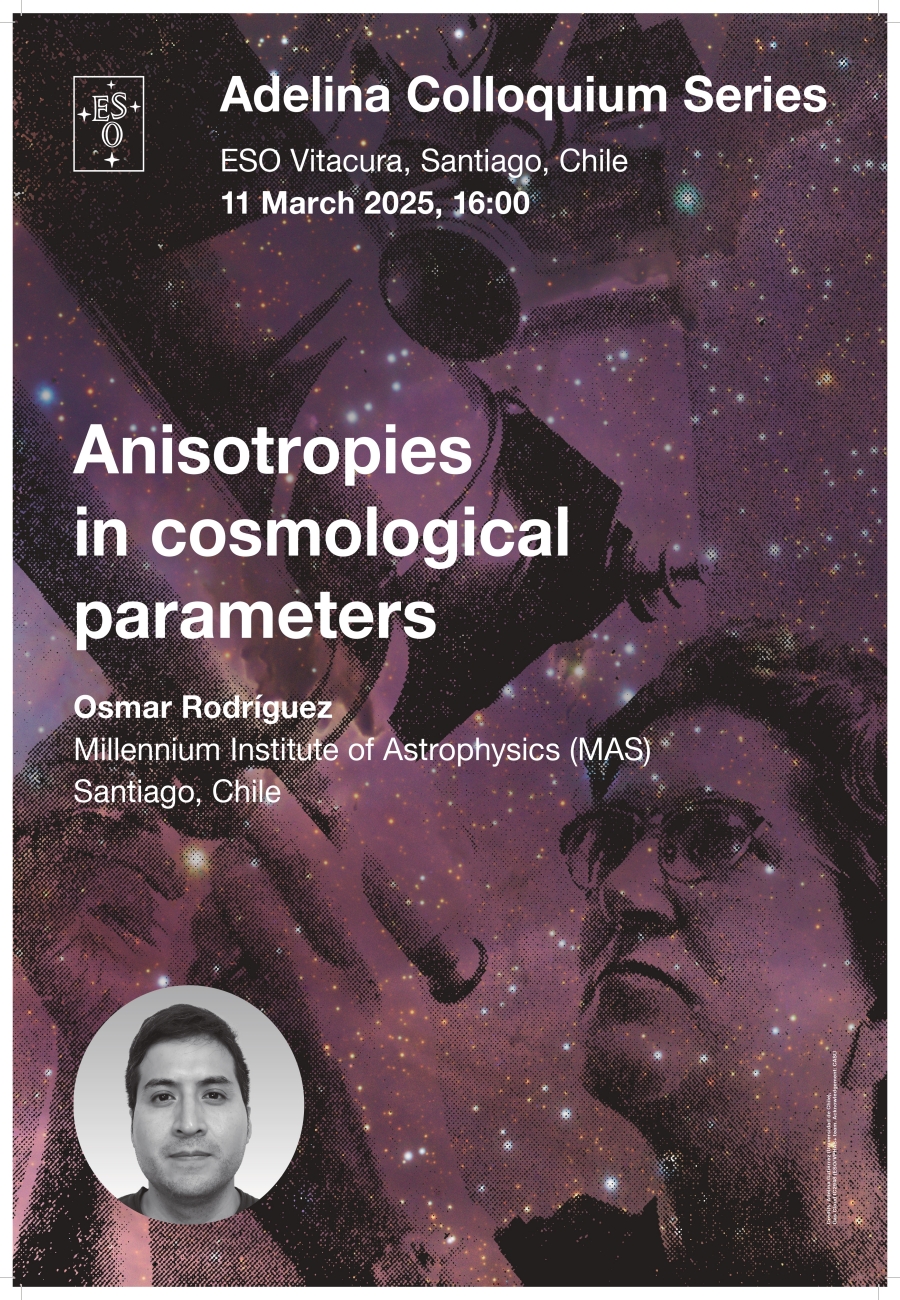Anisotropies in cosmological parameters
Dark energy is widely accepted as the cause of the accelerated expansion of the universe, consolidating the ΛCDM model as the standard model of modern cosmology. However, Λ might be an artifact of the oversimplified ΛCDM model forced to fit observations. New physics have been proposed to explain the cosmic acceleration without Λ, while some authors have suggested that the cosmic acceleration may be a misinterpretation of the observations due to flawed assumptions. In my talk, I will present an empirical approach I developed for the magnitude-redshift relation of SNe Ia. This model, with only two free parameters, one of them being proportional to 1+q_0, is substantially supported by the Pantheon+ and DES-SN samples compared to the ΛCDM, flat ΛCDM and cosmographic models. I will also present hemispheric analysis of the Pantheon+ sample using this empirical approach and the ΛCDM model. In both cases, the all-sky distributions of the differences between cosmological parameters measured in opposite directions reveal a 3-sigma tension in a specific region of the sky. This is consistent with predictions for tilted observers in a FLRW universe, who could measure an apparent acceleration with a dipolar asymmetry, independent of the global dynamics of the universe. In this case, Λ would not be a real dark energy but an apparent effect associated with the relativistic frame of reference transformation.

